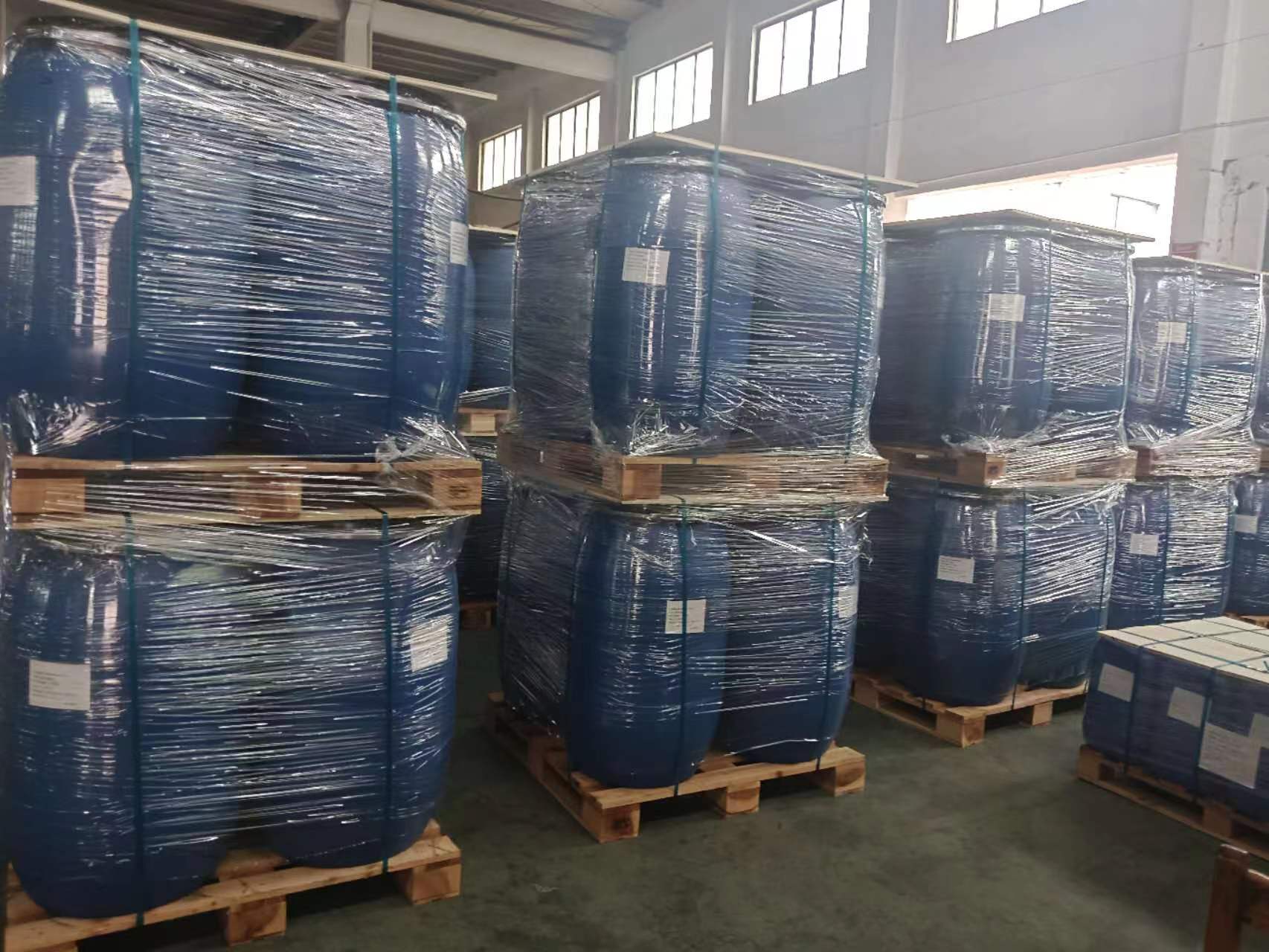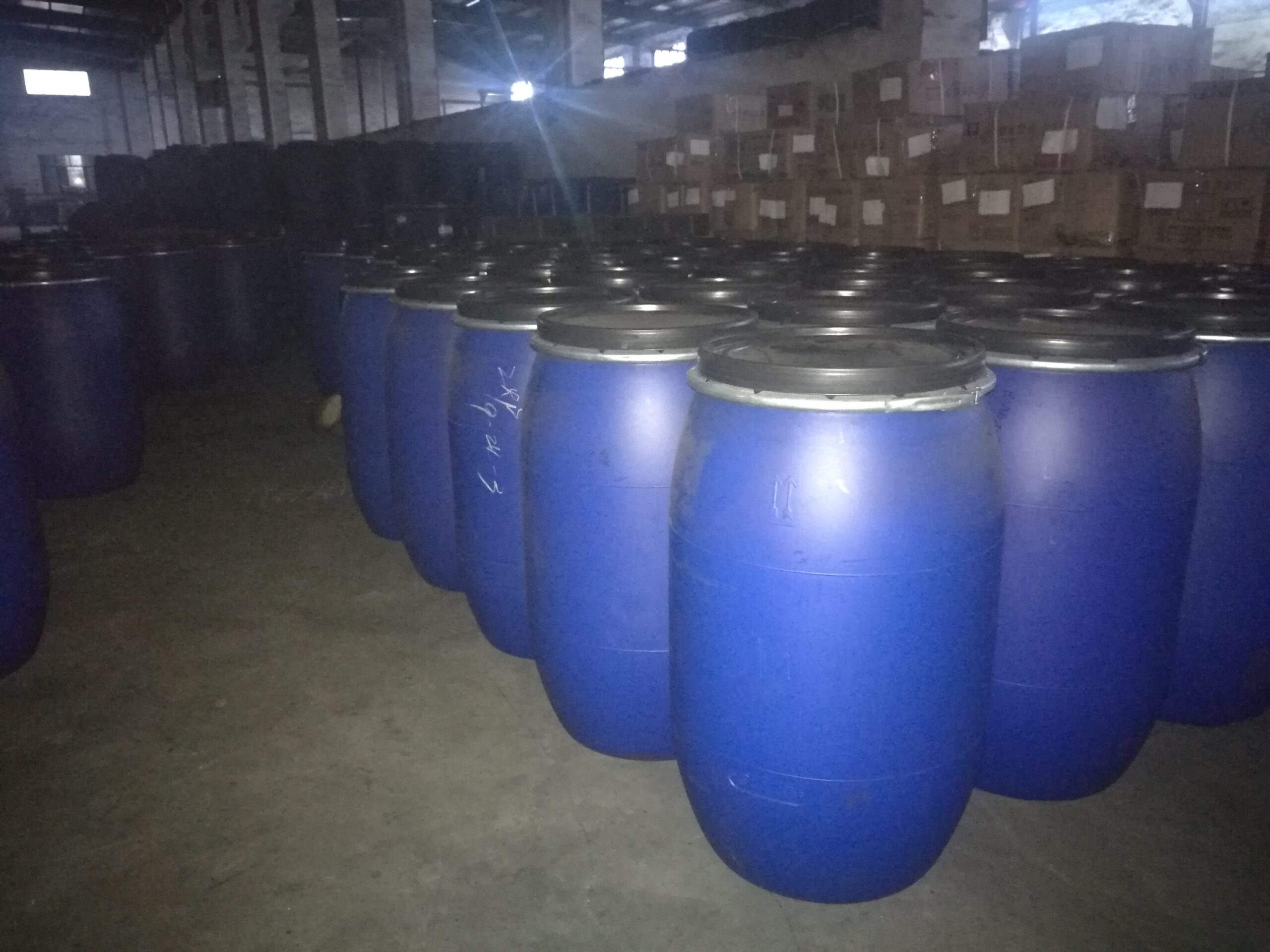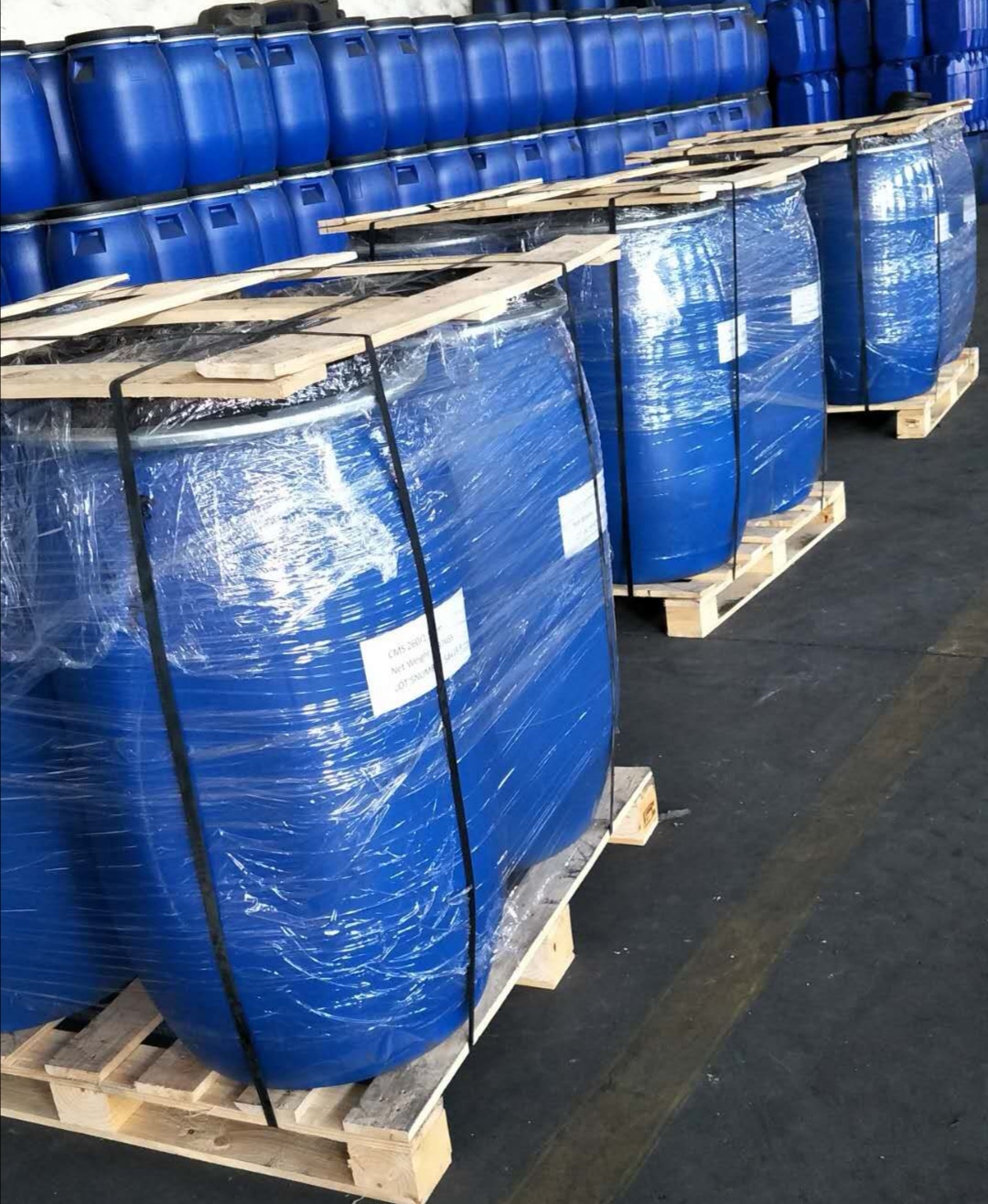What kinds of usages are there for molecular sieves?
一、Molecular sieves are a type of aluminosilicate, mainly composed of silicon and aluminum connected by oxygen Bridges to form an open framework structure. Within this structure, there are many uniformly sized channels and neatly arranged cavities with a large internal surface area. In addition, it also contains metal ions with lower electricity prices and larger ionic radii, as well as combined water. As water molecules are continuously lost after heating, but the crystal framework structure remains unchanged, many cavities of the same size are formed. These cavities are connected by many micro-pores of the same diameter. Molecules of substances smaller than the diameter of the pores are adsorbed inside the cavities, while those larger than the pores are excluded. Thus, molecules of different sizes and shapes are separated until the sieving effect is achieved. Therefore, it is called a molecular sieve.
In air separation equipment, molecular sieves are widely used, among which types such as 13X molecular sieves, CMS molecular sieves and 4A molecular sieves are particularly common. These molecular sieves, with their unique adsorption performance, play an indispensable role in the air separation process and are suitable for a variety of different scenarios. Next, we will explore the characteristics and applications of these molecular sieves one by one.

二、The differences among various molecular sieves
- Chemical composition and structure
13X molecular sieve: Mainly composed of artificially synthesized sodium-type aluminosilicate, its pore structure is uniform and regular.
CMS molecular sieves: Mostly calcium or magnesium type aluminosilicates, with a crystal structure similar to that of 13X, but with different cations.
4A molecular sieve: Composed of sodium aluminosilicate, it has a tetrahedral structure and relatively small pore diameters.
- Adsorption performance
13X molecular sieve: It demonstrates high capacity and high selectivity in adsorbing moisture and carbon dioxide.
CMS molecular sieve: It has an outstanding adsorption capacity for moisture and can also adsorb some hydrocarbon impurities.
4A molecular sieve: Mainly for adsorbing moisture and small molecule impurities.
- Thermal stability and hydrothermal stability
13X molecular sieve: It performs well in this aspect and can be regenerated at higher temperatures.
CMS molecular sieve: Its thermal stability and hydrothermal stability are slightly inferior to those of 13X.
4A molecular sieve: Its thermal stability and hydrothermal stability are relatively low among the three.
三、 Applications in the field of drying and purification
(1) Dehydration The polar hydrophilicity of zeolite molecular sieves with A low silicon-aluminum ratio (such as type A, type X, etc.) can be utilized for air drying. In addition, in recent years, the incorporation of ethanol into gasoline to replace part of it has received extensive attention. As a fuel, ethanol is required to have a water content of less than 0.8%. However, due to the azeotropic nature of ethanol and water, only 95% ethanol can be obtained through distillation. For the dehydration of ethanol with a lower water content, 3A molecular sieve adsorption dehydration is the best choice.
The molecular sieves applied in this method are of type A or X, with type A being the best. On the one hand, this takes advantage of the polarity of type A molecular sieves; on the other hand, since the pore diameter of 3A molecular sieves is approximately 0.3nm, water molecules can freely enter, while ethanol molecules with a diameter larger than 0.3nm cannot enter the pore diameter of the molecular sieve. This molecular sieve dehydration process is the preferred process for the industrial production of fuel ethanol.
(2) Purify pollutants in the air. With the rapid development of industry, the emissions of H2S, SO2, NOX and formaldehyde are increasing day by day, causing pollution that has brought serious harm to people’s lives and the environment.

四、Applications in the field of adsorption separation
Separation of mixed xylene. Mixed xylene is generally sold cheaply as a solvent and gasoline admixture, resulting in a very serious waste of resources. However, the four isomers of mixed xylene: ethylbenzene, p-xylene, m-xylene and o-xylene are all important chemical raw materials, so it is necessary to separate them one by one.
There are many separation methods for mixed xylene, such as distillation, precision distillation, pressurized crystallization, and cryogenic crystallization, which are traditional separation methods. However, their common drawbacks are high energy consumption, large equipment, and high operational requirements.
Adsorption separation is an efficient separation method, and the key lies in the preparation of adsorbents. Due to the special structure and diverse types of molecular sieves, using molecular sieves as adsorbents to separate mixed xylene has a very good application prospect.
Separation of N2/ O2. In the pressure swing adsorption (PSA) method, molecular sieves selectively adsorb N2 by taking advantage of the difference in equilibrium adsorption of N2/O2 gases on their surfaces. Because the polarizability of N2 is relatively large, the interaction between N2 and the cations and polar surfaces in molecular sieves is stronger than that of O2. The LiA type molecular sieve has a higher N2/O2 selectivity ratio and N2 adsorption capacity, but its thermal stability is relatively poor. Thus, the A-type molecular sieve after cation exchange of Li+ and alkaline earth metal mixture has A high N2/O2 selective separation coefficient, N2 adsorption capacity and high thermal stability. In addition, the X-type molecular sieve with a low silicon-aluminum ratio has attracted people’s attention. Various ion exchanges have been carried out on it, and its N2/O2 separation selectivity is relatively high and its thermal stability is good.
Increase the octane number of gasoline. Since the octane number of isomalkanes is much higher than that of normal alkanes, normal alkanes can be removed by adsorption separation. In practical applications, adsorption separation is generally combined with the isomerization of C5/C6 alkanes to isomerize the normal alkanes separated by adsorption, thereby increasing the octane number of gasoline to a greater extent. When the sodium ions in type A molecular sieve are exchanged by calcium ions by more than 40%, its effective pore size can be increased to 0.5nm, which can meet the requirements of this separation. During the separation, the hydrocarbon mixture passes through the adsorption bed layer. Normal alkanes can freely enter their pore channels and be adsorbed due to their molecular shape size being smaller than the pore size of the molecular sieve, while isoparaffes have larger molecular sizes and cannot enter. Then the material flowing out of the adsorption bed is rich in isoparaffins and has a high octane number. After the adsorption bed reaches adsorption saturation, the normal alkanes are desorbed with desorption agents and sent for isomerization reactions.



